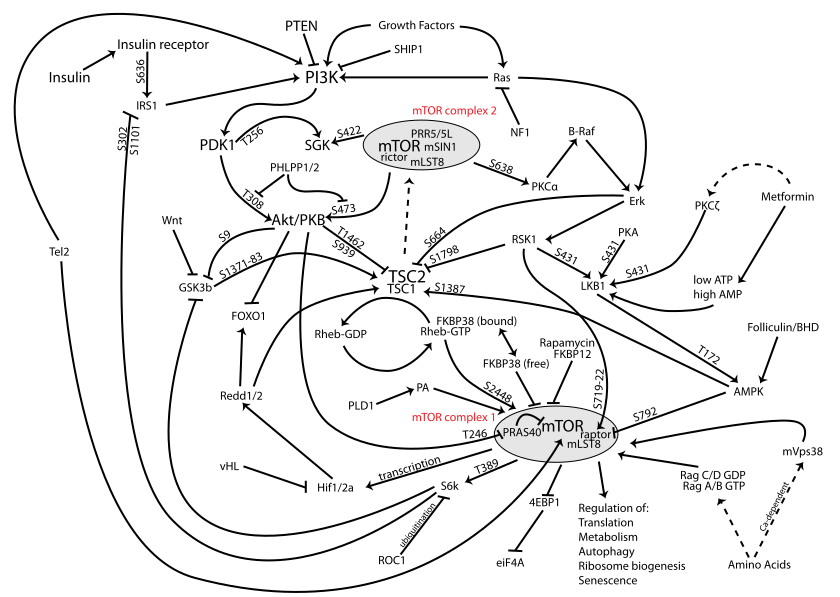Electroacupuncture alleviated depression-like behaviors in ventromedial prefrontal cortex of chronic unpredictable mild stress-induced rats: Increasing synaptic transmission and phosphorylating dopamine transporter.
Kristen Sparrow • August 12, 2023


We’re seeing a lot of these granular murine articles coming out of China and Hong Kong. It really is contributing so much to not only the acupuncture knowledge base, but brain and longevity science in general. All of these studies will need to be duplicated, but still.
Abstract
Aims: Electroacupuncture (EA) shows advantages in both clinical practice and depression animal models. Dopaminergic-related dysfunction in the prefrontal cortex (PFC) may be a hidden antidepressant mechanism of EA, where dopamine transporter (DAT) plays an essential role. This study aimed to investigate the synaptic transmission and DAT-related changes of EA in depression.
Methods: Male Sprague-Dawley rats were subjected to 3-week chronic unpredictable mild stress (CUMS). The successfully modeled rats were then randomly and equally assigned to CUMS, selective serotonin reuptake inhibitor (SSRI), and EA or SSRI + EA groups, followed by a 2-week treatment respectively. After monitoring body weight and behavioral tests of all rats, the ventromedial PFC (vmPFC) tissue was collected for electrophysiology and the expression detection of DAT, phosphorylated DAT (p-DAT), cyclic adenosine monophosphate (cAMP), protein kinase A (PKA), and trace amine-associated receptor 1 (TAAR1).
Results: Depressive-like behaviors induced by CUMS were alleviated by EA, SSRI, and SSRI + EA treatments through behavioral tests. Compared with CUMS group, EA improved synaptic transmission in vmPFC by upregulating spontaneous excitatory postsynaptic currents amplitude. Molecularly, EA reversed the increased total DAT and p-DAT expression as well as the decreased ratio of p-DAT/total DAT along with the activation of TAAR1, cAMP, and PKA in vmPFC.
Conclusion: We speculated that the antidepressant effect of EA was associated with enhanced synaptic transmission in vmPFC, and the upregulated phosphorylation of DAT relevant to TAAR1, cAMP, and PKA may be the potential mechanism.
Keywords: depression; dopamine transporter; electroacupuncture; electrophysiology; trace amine-associated receptor 1.


